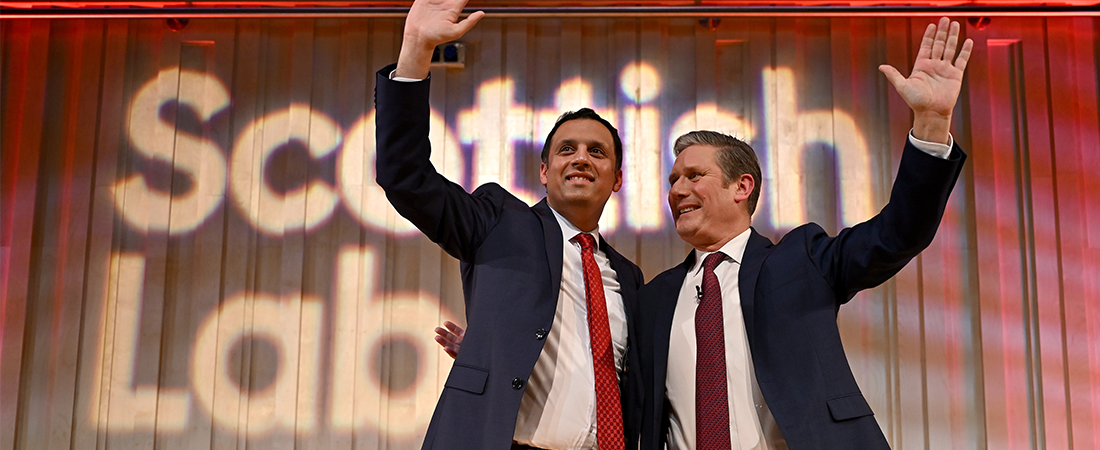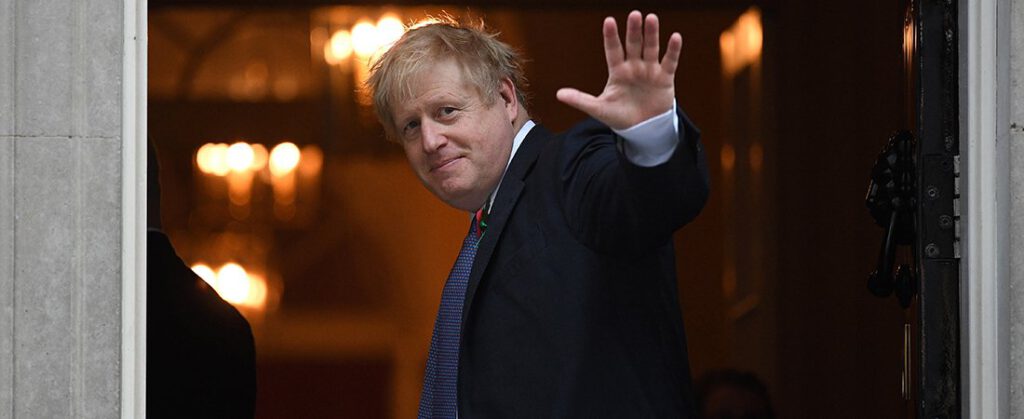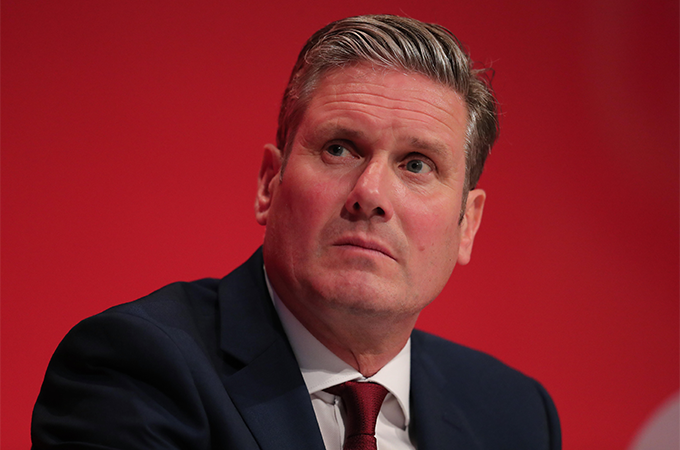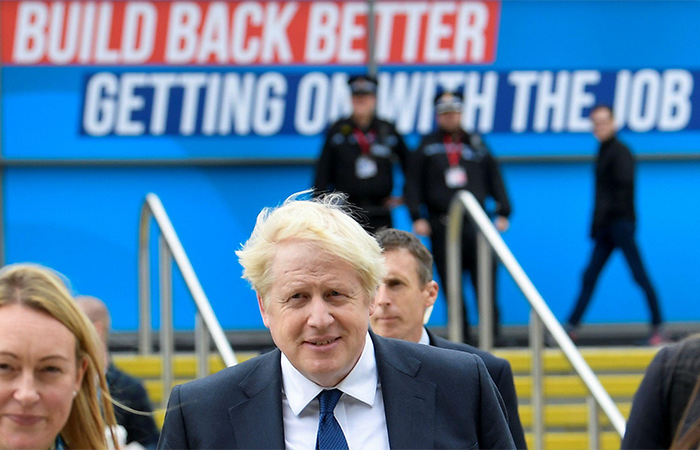After years of dominating Scottish politics and successfully maintaining the SNP’s control over Holyrood and the nation’s Westminster seats, Nicola Sturgeon has resigned as leader of her party and Scottish First Minister.
Beyond Alex Salmond’s Alba Party split, Sturgeon has also maintained a sense of cohesion amongst the SNP’s broad church of politicians, members and voters from a range of ideological backgrounds – uniting them under a vision of an independent Scotland. Her exit will doubtlessly place pressure on this coalition – and while speculation around her replacement and the direction of the nationalist movement has captured the commentariat – it will also create a serious opportunity for Labour.
Ever since the 2014 independence referendum, Scotland has been an uncomfortable question for Labour’s leadership. North of the border used to be a Labour stronghold and a consistent source of Westminster seats, but more recently the party’s route to a significant governing majority has been in doubt due to the SNP’s electoral success. Meanwhile, the possibility of a governing agreement between the two was wagered on the potential for a second independence referendum, something that became an effective Conservative attack line in 2015.
The news of Sturgeon’s departure is a gift to Scottish Labour Leader Anas Sarwar – who is eleven days shy of his two year anniversary in the role. In this time, Sarwar has adeptly led his party with a focus on exposing wedge issues within the SNP, moving the debate away from the question of independence towards health, education and housing policy. While Sarwar’s profile grows stronger across Scotland, weakening in party unity among the SNP will only further expose these policy pressure points.
Secondly, Sarwar, like Sturgeon, is also a strong media performer, an advantage he may well hold over whoever goes on to lead the SNP. As a fervent unionist, he has set in stone Labour’s stance on the independence debate – creating a clear dividing line between his party and the SNP, rather than attempting to appeal to both arguments.
December polling from Ipsos Mori offered Sarwar the second highest net approval rating of his contemporaries (on +3), behind only Sturgeon (+9), and significantly ahead of Douglas Ross (-33) and Lib Dem leader, Alex Cole-Hamilton (-16). A similar story plays out in both Holyrood and Westminster voting intention across Scotland, with Labour – once the third party in the nation – now ahead of the Conservative Party, setting themselves as the main contender against the SNP.
Ultimately, the resignation offers an opportunity for Labour to win back Scottish seats. We can expect Labour HQ to take the advantage and position itself as the party of more stable leadership and clear policy vision. The opportunity to pick up Westminster seats could affect the political geography of the whole UK, and provide the Labour Party with a route to secure a clear parliamentary majority at the next general election.
This is by no means a given, however, and Sarwar will be using this week’s news as an opportunity to make the case for further funding and resources for the Scottish Labour Party to capitalise on this opportunity. The Scottish Labour leader will no doubt be relishing the opportunity to hold to account Sturgeon’s successor, whoever that might be.
Even without Sturgeon, the SNP will continue to be a powerful force in Scotland and across the UK. However, her departure has opened up enough of a gap that Labour can fill, to drive electoral success both in Scotland, and across the UK.





